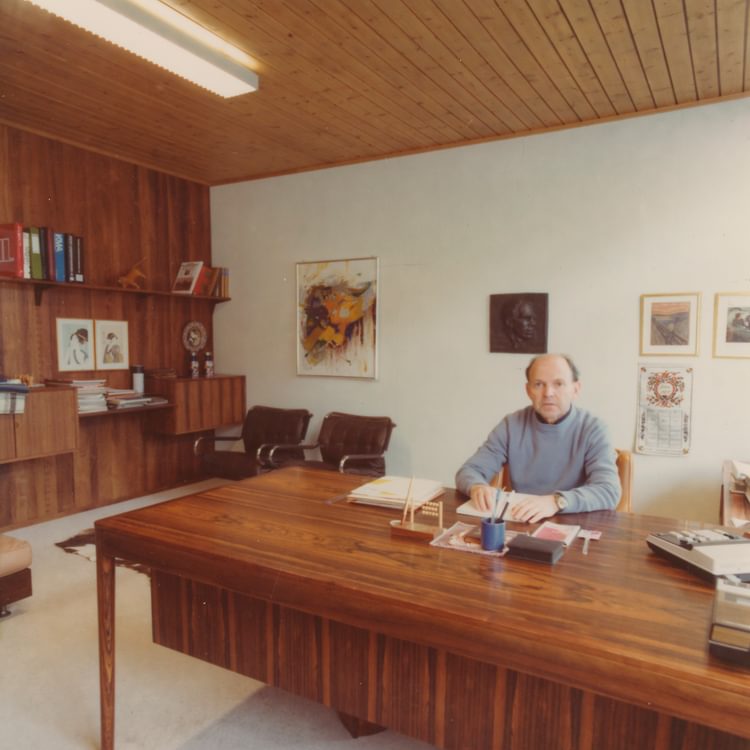
The Early Years
Knut Sæter (1922–1989), founder of Vatne Lenestolfabrikk (now Vatne Møbler AS), was born and raised in Vatne, a small village in the Sunnmøre region of Norway. He began his journey at the Bergen School of Arts and Crafts, where he received a solid foundation in interior design and interior architecture. It was here that his creative talents and aesthetic sensibilities were nurtured, laying the groundwork for his future endeavors.
After completing his studies, Sæter was given the opportunity to work at LK Hjelle, a renowned furniture manufacturer known for its commitment to quality and craftsmanship. This experience proved pivotal, as he gained valuable insight into furniture production and learned how to merge functionality with aesthetics.
In 1946, at just 24 years old, Sæter made a bold decision to establish Vatne Lenestolfabrikk in his hometown of Vatne, near Ålesund. Despite a challenging financial start, with only a few thousand kroner in savings, he built the company from the ground up: first in his own basement, then in rented space in the basement of the local prayer house, and finally in Vatne’s first dedicated factory, completed in 1950.











